In the production process of rubber sheathed cables, there are often defects in appearance, such as uneven surface; clinker particles (early vulcanized rubber particles) or impurities on the surface; scratches and abrasions on the surface of wires and cables; patterns, etc. Here are five common causes of cosmetic defects in rubber-sheathed cables:
1. Too long or too short the mold sleeve bearing line, the die opening is not smooth and the hole diameter is too large; the temperature of the machine head, the die opening or the body is low;
2. The supplied rubber is not clean and contains impurities; the scorch time of the rubber is too short; the temperature of the extruder body, the die or the die is too high; the rubber in the die does not flow smoothly, and there is a dead corner of the rubber; the screw is not smooth , viscose, etc. may cause clinker particles (early vulcanized rubber particles) or impurities on the surface of the rubber sheathed cable.
3. The mold sleeve is not smooth and has no chamfer; impurities or cooked glue particles block the mold opening; dragging the pipe in the vulcanized pipe; the small diameter of the rubber gasket at the outlet of the vulcanized pipe may cause scratches on the surface of the rubber sheathed cable , scratches.
4. The diameter of the die sleeve is too large; the gap between the outer strands of the conductive wire core and between the monofilaments is too large, and the outer diameter of the cable core is not uniform; the rubber material has small plasticity and poor viscosity; there are impurities in the rubber material; Low pressure, etc., may cause the surface of the rubber sheathed cable to collapse.
5. The diameter of the die sleeve is too small; the rubber extrusion is insufficient, and the core gap is not filled enough; the conductive core or cable core jumper; the short distance between the die, etc. may cause hemp patterns on the surface of the rubber sheathed cable

 ENGLISH
ENGLISH 简体中文
简体中文 GERMAN
GERMAN SPAIN
SPAIN
 +86 181-5747-1135
+86 181-5747-1135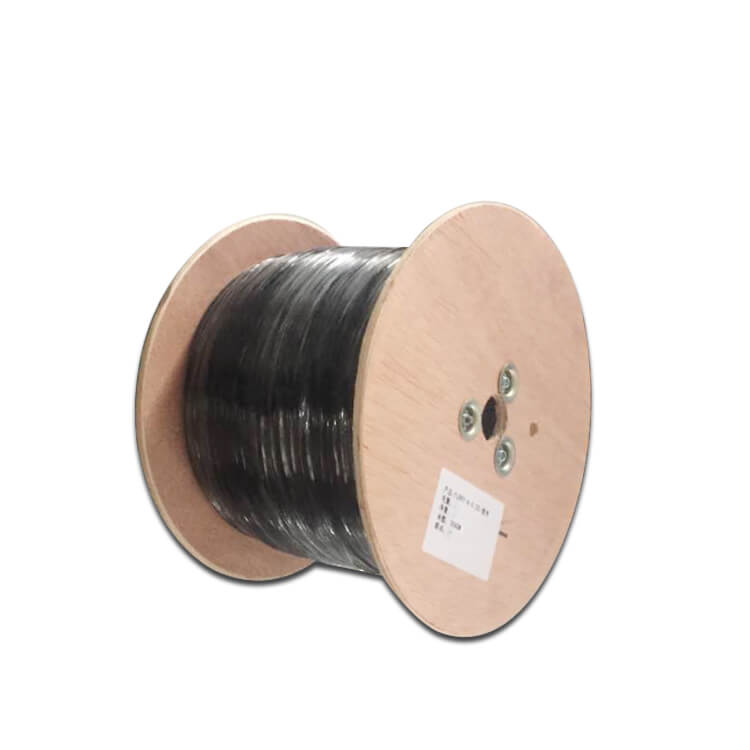
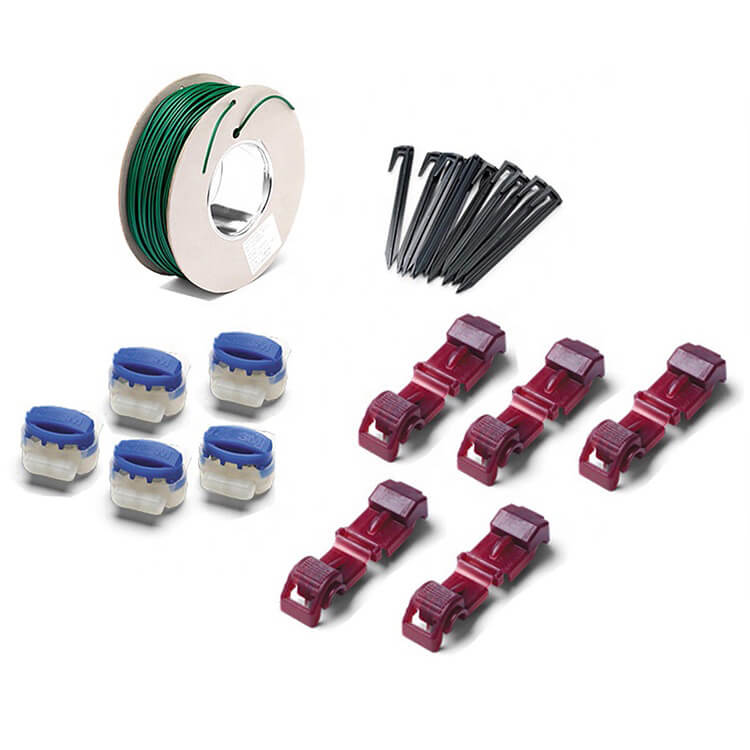
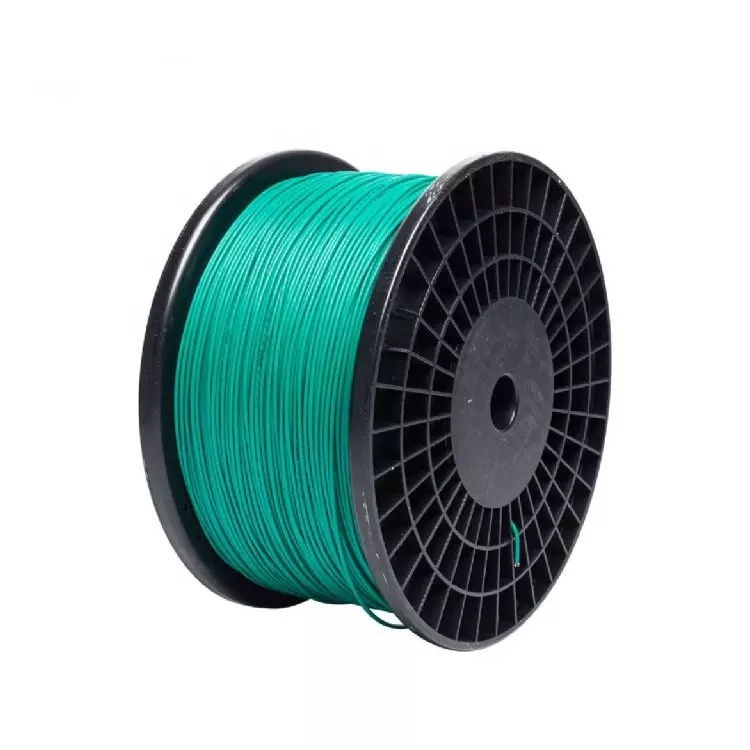
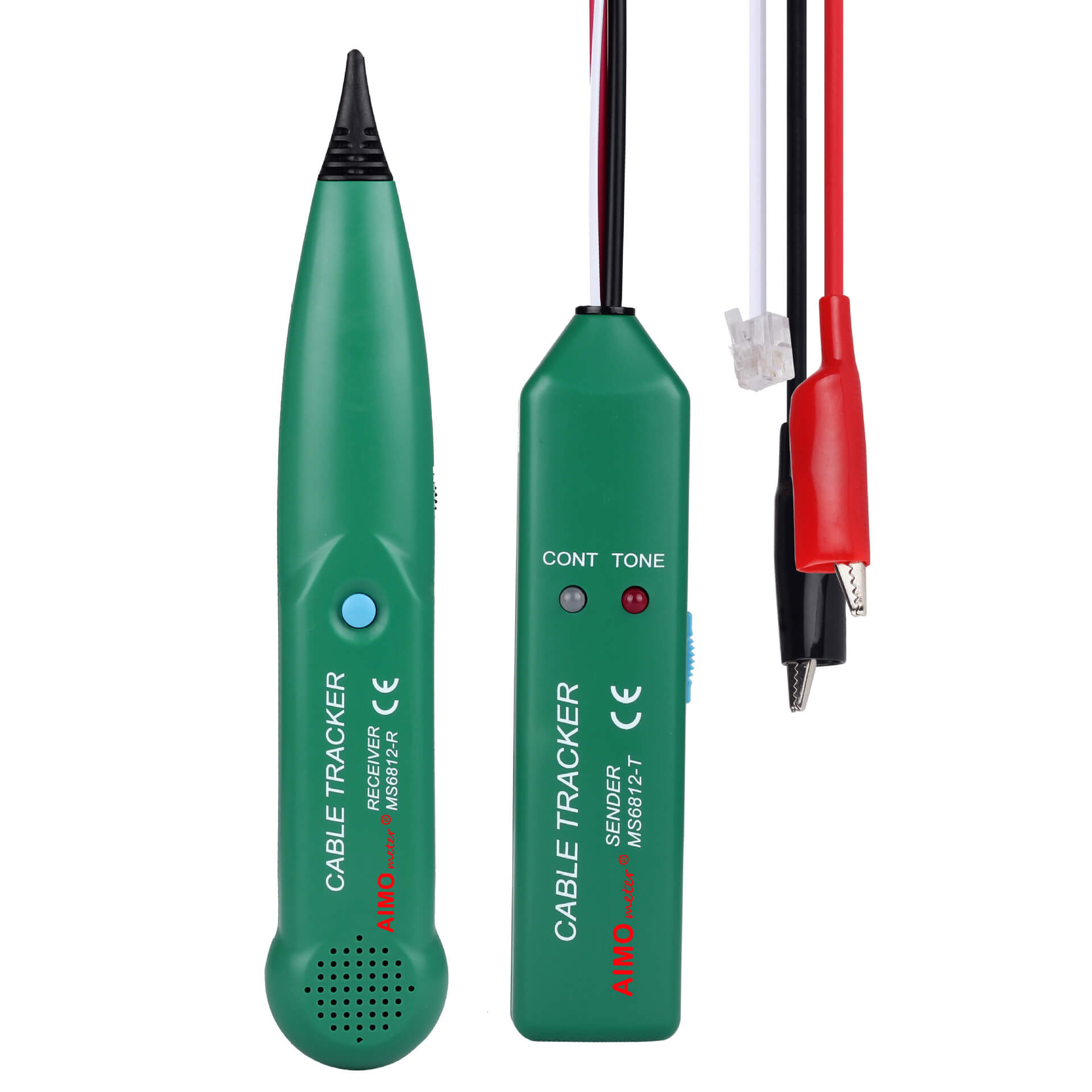


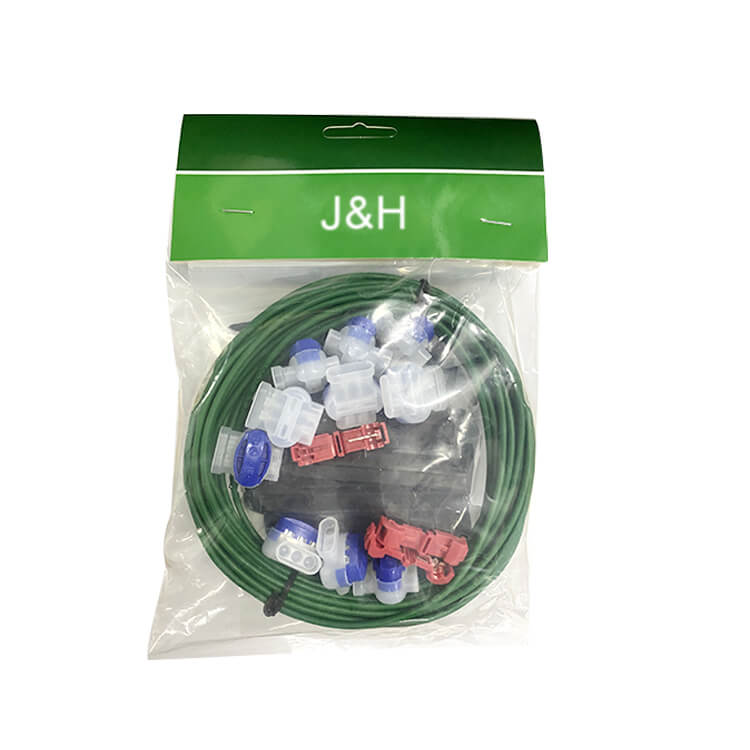
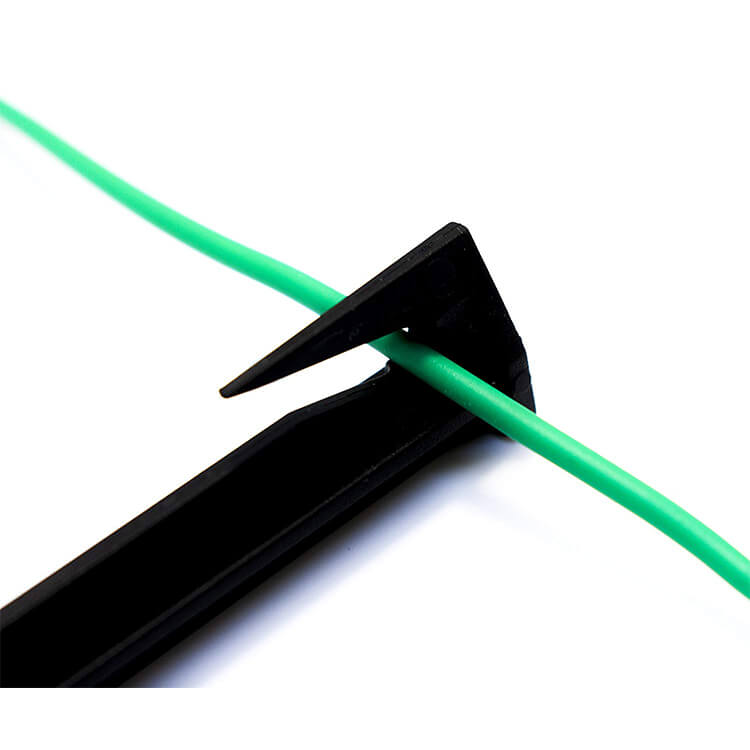
 Abroad:+86 181 5747 1135
Abroad:+86 181 5747 1135 FAX: +86 574 8900 7636
FAX: +86 574 8900 7636 E-mail:
E-mail: 

 read the map
read the map

